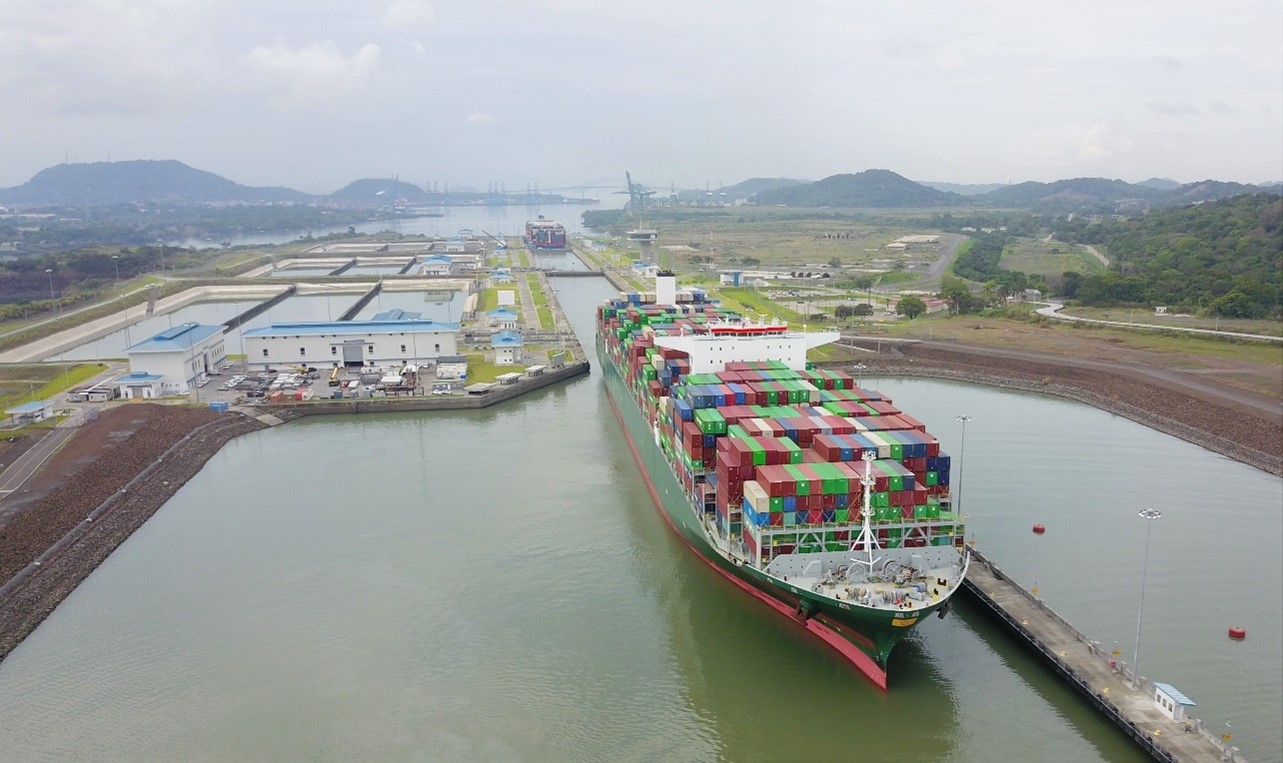
Canals aren’t the world’s biggest shipping chokepoints
CAIRO : When traffic through the Suez Canal ground to a halt in 2021, the extraordinary cost and disruptions to global commerce seemed overwhelming.
But 5,000 miles from the canals of Suez and Panama lie even more important shipping lanes, chokepoints that could cripple global trade should any disaster befall them.
More than a quarter of goods transport passes through a 25-mile-wide stretch of water that separates Indonesia to the southwest from Singapore and Malaysia to the northeast, known as the Malacca Strait.
By value, the 27.9 per cent of merchandise sent around the world that traverses this body of water far exceeds the 16.6 per cent that move along the Suez Canal in Egypt, according to research by Professor Lincoln Pratson at Duke University’s Nicholas School of the Environment.
In a paper published last month in the journal Communications in Transportation Research, Pratson painstakingly details trade patterns, shipping routes and the shortest paths across the oceans to assess the potential impact of closing any of the 13 chokepoints he identified around the world.
He used 2019 data as that’s the most recent year in which trade could be considered “normal” before Covid-19 disrupted global commerce and ran the analysis on commerce between non-neighboring countries because those that share a border are likely to use land routes.
Around 1,000 miles northeast of the Malacca Strait, swathes of the South China Sea are claimed by no less than seven nations, making military conflict the most obvious risk.
“The chokepoints estimated to carry the most trade in terms of both total value and total weight are the Malacca Strait and South China Sea,” Pratson writes.
The South China Sea alone carries trade equivalent to 5 per cent of global GDP, which would make it the fourth-largest economy in the world.
Exactly how much trade transits the South China Sea is a much-debated point. The Washington-based Center for Strategic and International Studies estimated the value at $3.4 trillion for 2016, 36 per cent less than other assessments for the same time period.
Pratson puts it at $4.1 trillion for 2019, with $3.9 trillion going via the Malacca Strait. There’s some overlap, because goods pass through multiple sea lanes on the way to their final destination.
The precise number doesn’t really matter. What’s important for shippers, manufacturers, and governments is to understand the severity of the impact should a disaster happen.
The ripple effect from the complete closure of any waterway can be felt thousands of miles away.
When the Ever-Given cargo ship shut down the Suez Canal three years ago, it added around nine days to a Taiwan-Netherlands trip, Pratson notes, with the cost to global trade climbing close to $10 billion per day.
The 20-mile wide Ombai Strait, 7,000 miles away — between Indonesia’s Alor Island and Timor — would suffer a 90 per cent drop in traffic from a Suez closure.
Even the Gibraltar Strait that separates Europe and Africa — 2,000 miles northwest of the Suez — would lose 28 per cent of shipping flows, by value.
But perhaps the biggest impact would be from a closure of the Malacca Strait or South China Sea.
Should maritime passage get halted here, the nearby and little-known Lombok-Makassar Strait — north of Bali — would experience a 14-fold rise in trade flow. We’ve yet to see whether this stretch of water has the capacity to carry such volume safely.
More than 20 per cent, by value, of all mechanical machinery, electrical equipment, mineral fuels like coal, gas and oil, and rare metals or minerals pass through the Malacca Strait.
Similar figures apply to the South China Sea, while the East China Sea — connecting Taiwan with Japan, South Korea and China’s northeast — also ranks high. Each of these three passages surpass Panama and Suez, with only the English Channel and Gibraltar Strait holding similar importance.
The risks to these Asian waterways needn’t be confined to war — currently impacting the Suez Canal as Houthi rebels fire missiles at ships passing through the adjoining Red Sea, and slowing trade through Turkey’s Bosporus Strait that takes traffic from the Black Sea where Ukraine is fending off a Russian invasion.
A drought, like the one that’s hurting Panama Canal flows, won’t dry up the South China Sea or Malacca Strait. But there’s a multitude of other disasters that could hit maritime transport.
Think earthquakes and their resultant tsunamis, typhoons, which are common to the region, chemical spills and nuclear accidents that force ships to change course, or forest fires sending plumes of thick smoke across the waters, impacting navigation.
Even without one-time incidents, the region is already the most treacherous in the world. A quarter of all ships lost in 2022 were in the area spanning South China through to Indonesia, according to analysis by Allianz Group. Still, though tragic, the rare sunk or stranded ship won’t much affect the trajectory of global trade.
What matters most is that the global system of logistics and transport, as it’s presently structured, is overly dependent on smooth and orderly flows in just a few of the world’s hotspots that make up a tiny fraction of the Earth’s surface. Just 21.5 per cent of global trade does not pass through one of the 13 chokepoints.
This hasn’t been a problem, so far. Supply chains have been resilient enough, with sufficient spare capacity along shipping routes to allow the sector to get through relatively small crises unscathed.
But we need to be ready in case the planet encounters a major event. The knock-on effects for port operations, global manufacturing, and energy security could be devastating.
